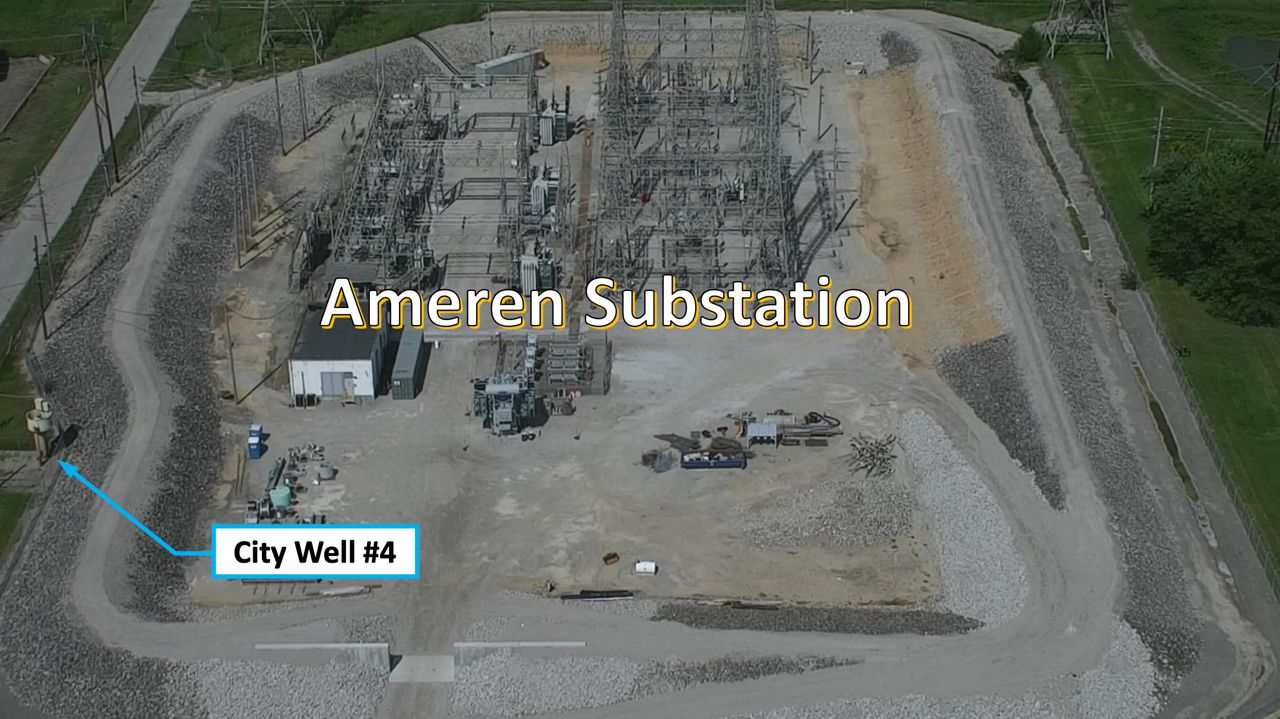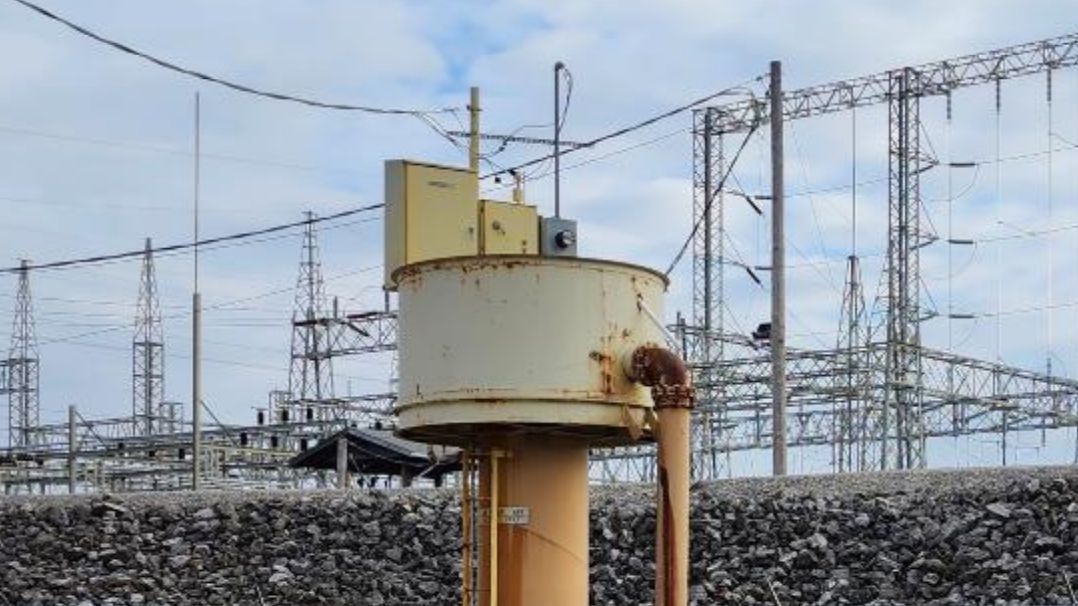ST. CHARLES, Mo. – After test results showed an Ameren substation was the source of contamination in St. Charles’ Elm Point Wellfield last week, the city shut down its sixth well Thursday due to detections of contamination.
The city made the announcement in a tweet, saying, "The City of St. Charles resassures its residents and business owners that the drinking water being provided throughout the City remains safe for consumption. The City has taken immediate protective measures in order to maintain providing high-quality, safe drinking water to our residents and customers."
Ameren says it has started implementing EPA approved measures to contain and remove remnants of cleaning solvents used decades ago at its Huster Road substation.
"Ameren Missouri remains committed to the safety of St. Charles residents. The drinking water in St. Charles remains safe. We are also committed to working cooperatively with the EPA to address groundwater impacts at and near the Huster substation," said Craig Giesmann, director of environmental services at Ameren Missouri.
"EPA will work with Ameren to ensure that they address the contamination quickly and protect drinking water for St. Charles residents," said EPA Region 7 Superfund and Emergency Management Division Director Bob Jurgens.
The EPA testing conducted Jan. 17 and Jan. 26 has identified the substation as a source of vinyl chloride and cis-1,2-dichloroethene contamination.
The city has now shut down six of its seven wells since 2005, three in the last year, due to chemicals being released into the groundwater from the substation and two other properties, according to city officials. This has led to the city having to purchase water for its residents and businesses.

Ameren says treatments targeting chemicals directly underneath the substation site are expected to be done by the end of March, followed by a monitoring period. The utility says based on prior experience, a reduction in contamination levels is expected by early summer.
The cleanup is part of Ameren Missouri’s ongoing efforts to reduce the substation’s on-site and potential off-site impacts, according to a press release.
St. Charles officials say besides Ameren, there have been historical chemical releases from Findett Services and Cadmus Corporation in the same area. Cleanup efforts took place there in 1977 and 1981 and it is part of a Superfund site.
In a Jan. 12 update, an environmental consultant hired by the city explained hazardous chemicals have migrated into the nearest well despite cleanup efforts.
“The Ameren substation on Huster Road currently poses a significant risk to the well field and the city’s ability to continue to provide affordable water to our residents and businesses,” explained Paul Michalski, P.G. with 212 Environmental Consulting.
Michalski also said that while the EPA and Missouri Department of Natural Resources indicated the wells can continue to be operated, but the St. Charles water treatment plant says that is not an option.
“The water treatment plant does not have the necessary equipment to remove the chemicals from the drinking water and has determined it is not safe to operate the five wells contaminated by Ameren due to proximity of the source of chemicals and the threat it poses to those using the water,” said Michalski.
The city believes Ameren and the other polluters should be responsible for installing a new treatment system to remove the contamination.
The EPA will hold a community meeting on Feb. 23 to discuss the latest test results. The meeting is at St. Charles Borromeo Catholic Parish gymnasium at 6 p.m. with an availability session, followed by a presentation at 7 p.m. Following the presentation, Agency officials will facilitate a question-and-answer session until 8:30 p.m.




